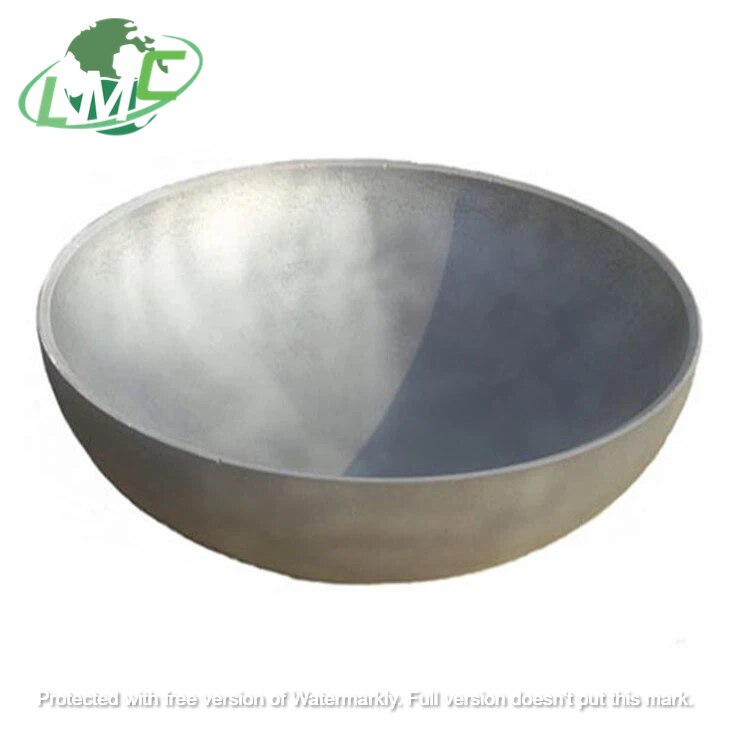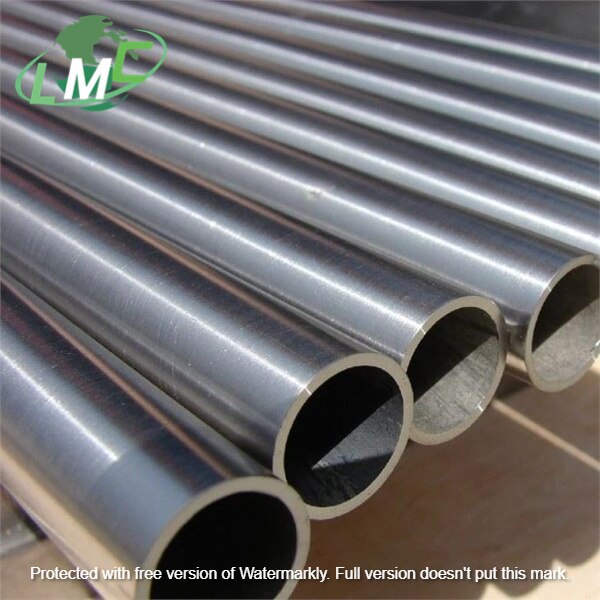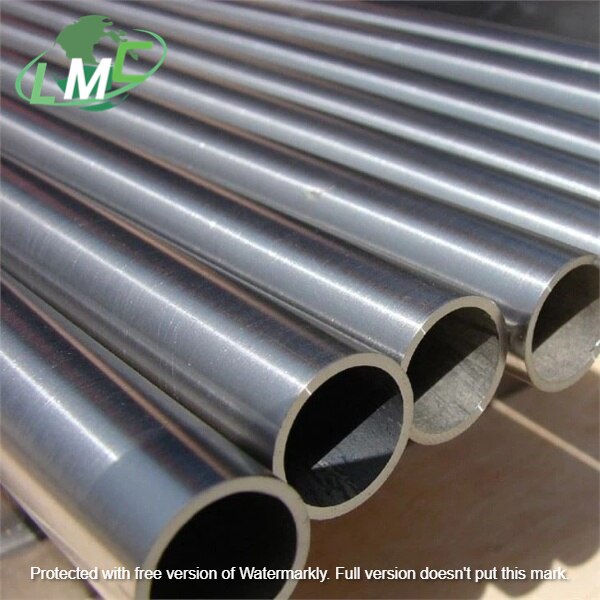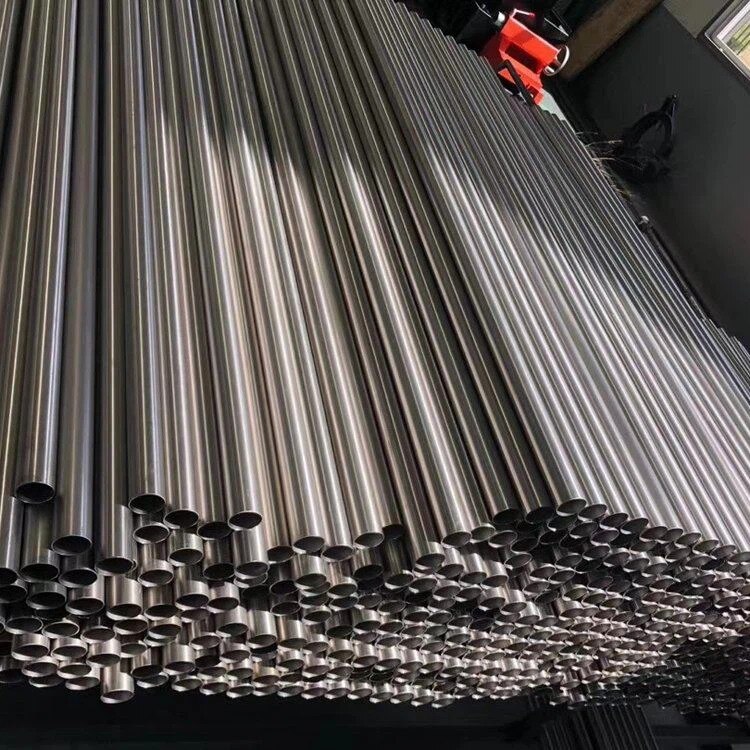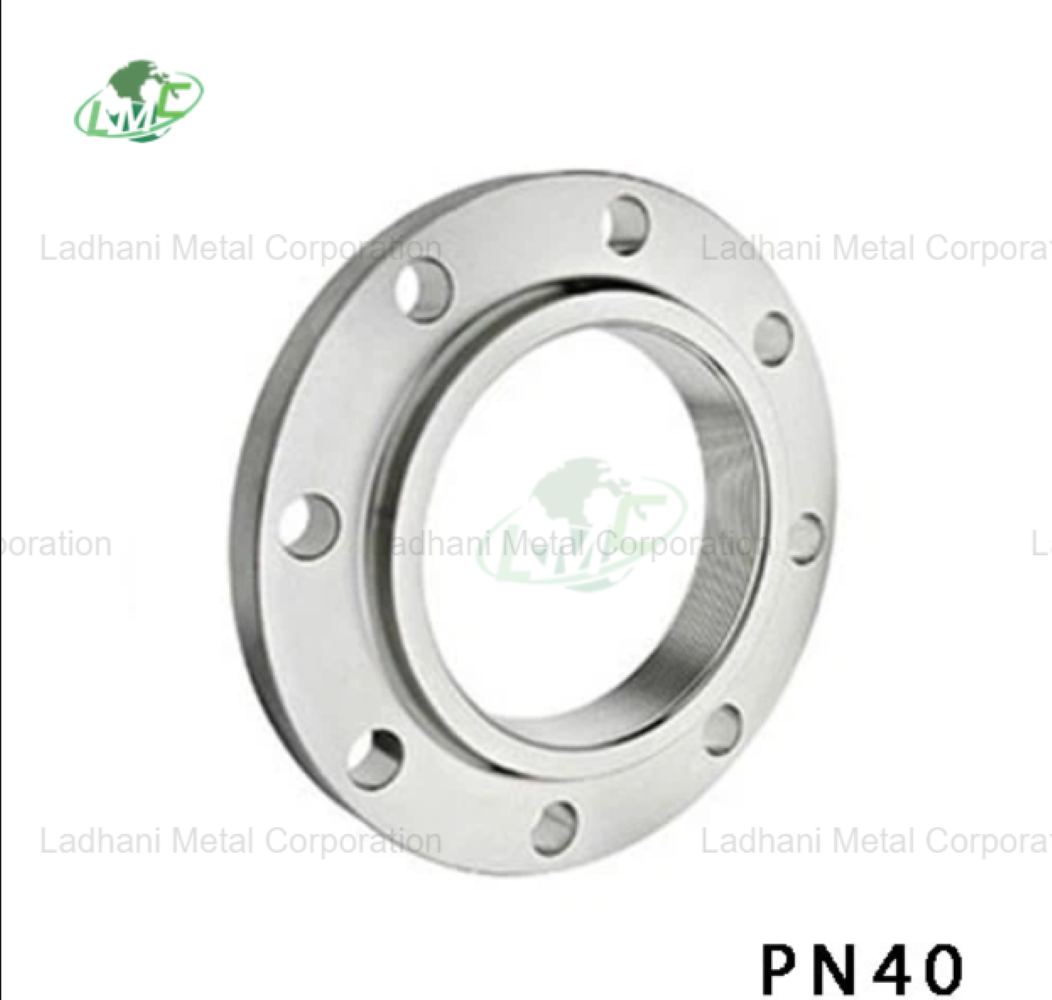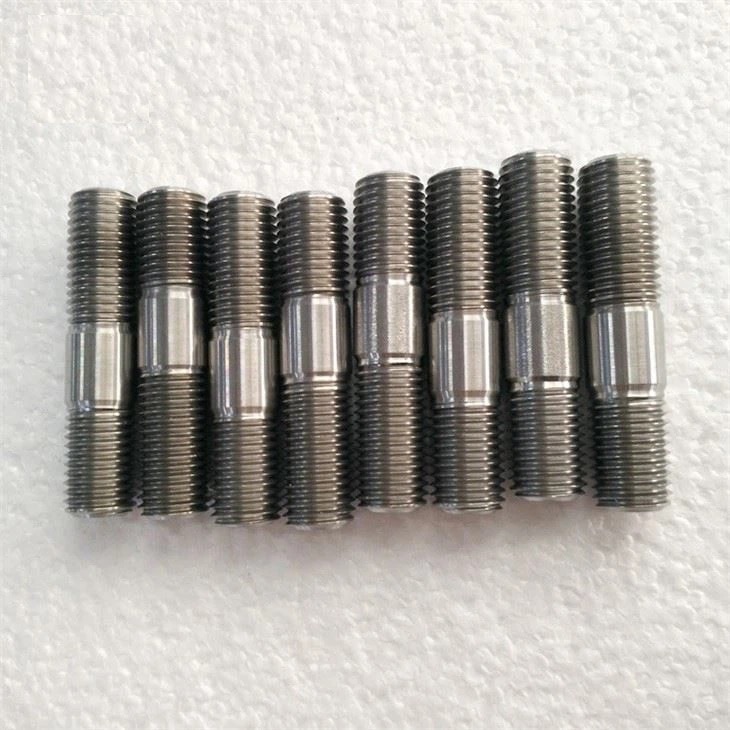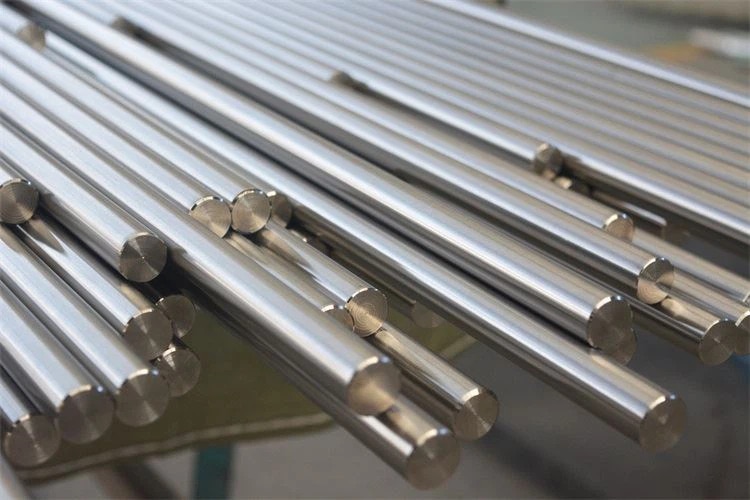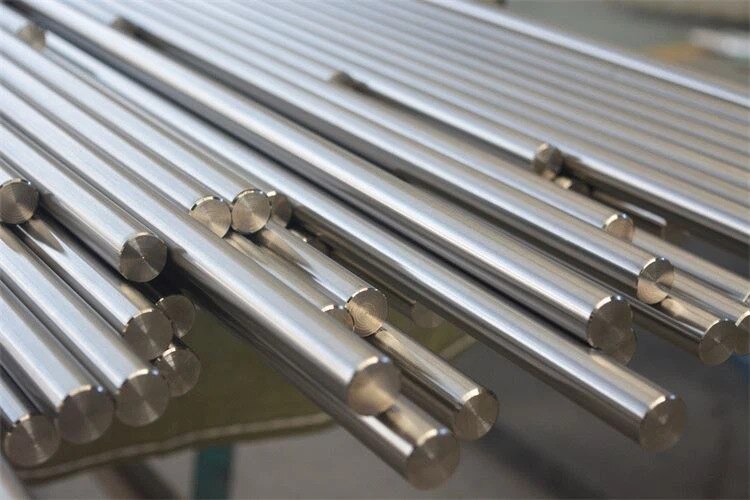Product name:Titanium Pressure Vessel Hemispherical Tank Head Standard: ASME VIII-I, DIN28013 Material: GR1, GR2, GR7, GR12 etc. Size: Customized The Hemispherical Tank Head head refers to the element used to close the end of the container to isolate the internal and external media, also known as the end cover. The head of cylinder descriptors is generally a rotating shell. According to the shape of the head surface, it can be divided into convex shape, conical shape, flat shape and combined shape. Convex head refers to the head whose outer surface is convex, such as semi spherical, elliptical, dished and non folded spherical head. Some gas cylinders adopt the combined bottom head with convex face inward, which can not only ensure the strength, but also meet the needs of use. Matterial: titanium GR1, GR2, GR7, GR12 etc. Type: select suitable head types according to the requirements and effectiveness of industrial equipment, such as elliptic, butterfly, cone, ball, etc Size: generally, the height width ratio of the head is manufactured according to international standards, or can be customized according to customer requirements Scope of application: the head is widely used in petroleum, electronics, chemical industry, medicine, textile, food, machinery, construction, nuclear power, aerospace, industry and other industries. ASTM B265 Fe max O max N max C max H max Pd Al V Mo Ni Elong'n Rp 0.2 Rm No wt% wt% wt% wt% wt% wt% wt% wt% wt% wt% % MPa MPa Grade 1 0.2 0.18 0.03 0.1 0.015 24 170-310 240 Grade 2 0.3 0.25 0.03 0.1 0.015 20 275-450 345-480 Grade 3 0.25 0.3 0.05 0.1 0.015 18 360-480 480-700 Grade 4 0.5 0.4 0.05 0.1 0.015 15 500-530 600-680 Grade 5 0.4 0.2 0.05 0.1 0.015 5.5-6.7 10 800-1100 890-1400 Grade 6 0.1 16 780-820 820-860 Grade 7 0.3 0.25 0.03 0.1 0.015 0,12-0,25 20 275-450** 345 Grade 9 0.25 0.15 0.02 0.05 0.015 2,5-3,05 15 550 650 Grade 11 0.2 0.18 0.03 0.1 0.015 0.12-0.25 24 170-310** 240 Grade 12 0.3 0.25 0.03 0.1 0.015 0.3 0.8 25 414-460 499-600 Grade 13 0.5 Grade 14 0.5 Grade 15 0.5 Grade 16 0.04-0.08 27 345 485 Grade 17 0.18 0.04-0.08 35 206 345

